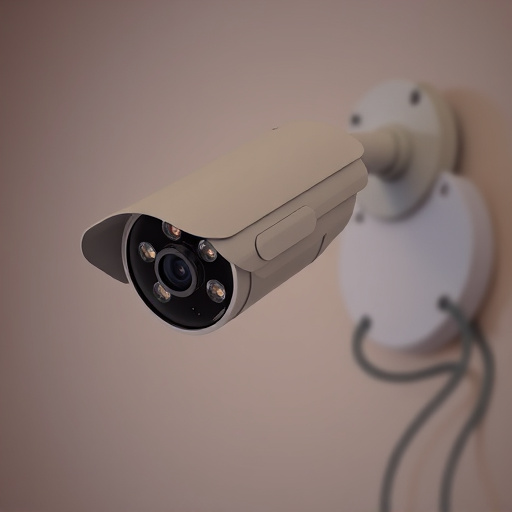Mounting fake security cameras with infrared (IR) sensors and LEDs requires understanding their discrete technology, which emits an invisible IR grid to detect motion and activates built-in LEDs as a visible warning signal without exposing the camera's position. To effectively deploy these cameras, follow best practices like using specialized brackets for adjustable positioning, ensuring proper alignment with real camera sensors, testing different angles and distances, adhering to local regulations, respecting privacy rights, and consulting legal professionals when uncertain about legality. Prioritize ethical considerations while deploying fake security cameras by prioritizing discretion, deterrence, and data protection.
In today’s world of advanced surveillance, fake camera infrared sensor LEDs offer a unique solution for those seeking to enhance security or create realistic decoys. This comprehensive guide delves into the intricacies of these devices, providing insights on understanding their technology and mounting techniques. From effective deception strategies to essential legal considerations, learn how to mount fake security cameras efficiently while adhering to safety standards. Discover the art of creating a robust visual deterrent with this step-by-step approach.
- Understanding Fake Camera Infrared Sensors and LEDs
- Mounting Techniques for Effective Deception
- Legal and Safety Considerations for Fake Security Cameras
Understanding Fake Camera Infrared Sensors and LEDs
Fake camera infrared sensors and LEDs are a popular choice for those looking to enhance home security or create a deterrent effect. These devices mimic real security cameras, but instead of capturing visible light, they use infrared (IR) technology to detect movement. Understanding how these components work is crucial when it comes to How to Mount Fake Security Cameras effectively.
Infrared sensors emit a range of IR lights that form an invisible grid around the camera. When motion is detected, the sensor triggers the built-in LED lights to activate, providing a visible warning signal without revealing the actual camera’s position. This clever tactic can deter potential intruders and offer a sense of security, all while maintaining the discretion of a fake camera setup.
Mounting Techniques for Effective Deception
Mounting fake security cameras, also known as dummy infrared sensor LEDs, is a crucial step in achieving effective deception. The placement and installation techniques can significantly impact the overall realism and deterrence value of the setup. One common method is to use mounting brackets designed specifically for security camera mockups, which allows for adjustable positioning and easy attachment to various surfaces. These brackets can be discreetly fixed to walls, ceilings, or even fake structures, making them nearly indistinguishable from genuine cameras.
For added realism, consider incorporating motion-sensor technology that triggers the LED lights when detected, mimicking the behavior of active security systems. Additionally, ensuring proper alignment and positioning is essential. Aligning the LEDs to match the field of view of a real camera sensor creates a more convincing illusion. Testing different angles and distances will help achieve optimal visual deception, making it harder for potential intruders or vandals to discern between actual surveillance and a clever decoy.
Legal and Safety Considerations for Fake Security Cameras
When considering how to mount fake security cameras, it’s crucial to understand the legal and safety implications. These devices, while intended for deception, must be used responsibly and in compliance with local laws. Using fake cameras can raise privacy concerns, so ensure you’re not infringing on anyone’s rights. Additionally, proper mounting involves discreet placement to avoid damaging property or causing harm to individuals.
For instance, mounting these cameras too close to someone’s property line or at heights that could obstruct someone’s view may be considered intrusive or dangerous. Always check local regulations regarding surveillance equipment and consult with legal professionals if uncertain. Responsible use includes ensuring the camera’s presence is clearly indicated, preventing unauthorized access, and adhering to data protection standards.
Fake camera infrared sensor LED setups can serve as effective deterrents, but it’s crucial to understand their limitations and implement them responsibly. By utilizing appropriate mounting techniques discussed in this article, including strategic placement and realistic mimicry, you can create a convincing deception. However, always consider legal boundaries and safety protocols when deploying these devices, ensuring they don’t cause harm or mislead emergency responders. Remember, while fake security cameras can enhance home security and deter potential intruders, their impact is significantly enhanced by robust physical security measures and a well-informed approach.
